There are countless ways to support the development of children's reading motivation, so what I recommend is just one of many possibilities. For me, what works is to start with letters, move on to words, and then to sentences. When getting acquainted with reading, my main goal is usually to provide reinforcement that helps the child continue on the path they've started. It's not about the challenge; I don't want to make them struggle. I'm simply looking for good gaming experiences that are entertaining and also involve letters or words. If the child gains positive experiences, they can more easily transfer the knowledge acquired to situations that might be less motivating.
Letters
To play with letters, you don't need much. We can play a word chain game, where you have to say a new word starting with the last letter of the previous word, and so on. If we have letter cards, Typo is also a great choice, especially if you like 6 Nimmt!. But we can simply draw a track for the OSKI letter game as well. (My friend József Jesztl even made a stamp so he can create a OSKI game board anytime he wants. Genius!)
Games with almost nothing?
Don't want to spend much but still want to play great games? Interested in more suggestions and ideas in this category?
I'll let you in on a little secret: we created a letter game using the Spot it! mechanics, which offers endless possibilities. Sometimes we just focus on simple problems, like differentiating between b and d.
Of course, letter games often get a classic appearance as well, so you can find boxed versions on the shelves of toy stores. I tried to choose less well-known games this time, but of course, Scrabble can also be a great choice.
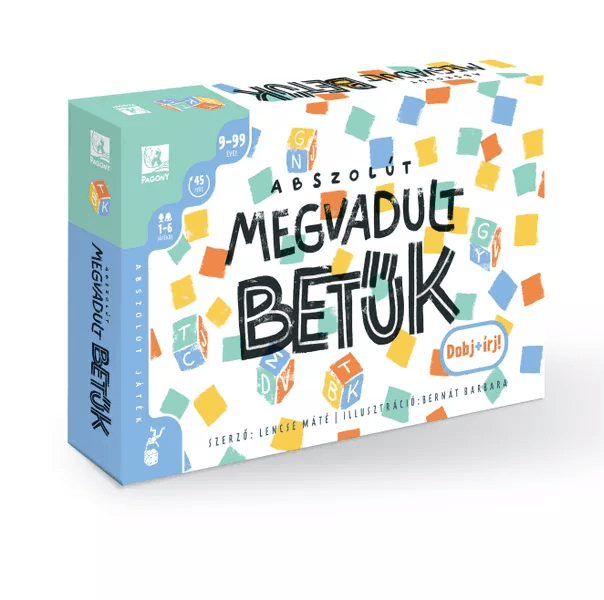
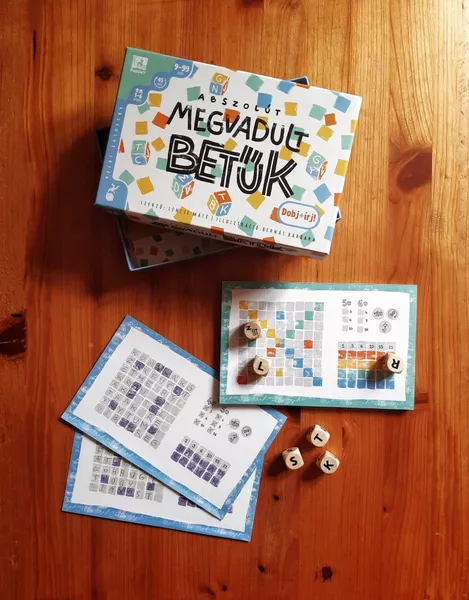
Abszolút megvadult betűk (Absolutely Wild Letters)
Tetris? Word formation? Brain burner? Roll and write Scrabble.
Tools
1 pad of double-sided paper game boards, 6 dice, game rules
Skills Developed
The game develops vocabulary, creativity, and strategic planning.
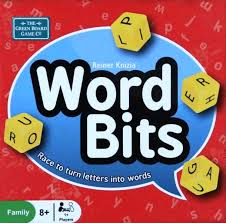
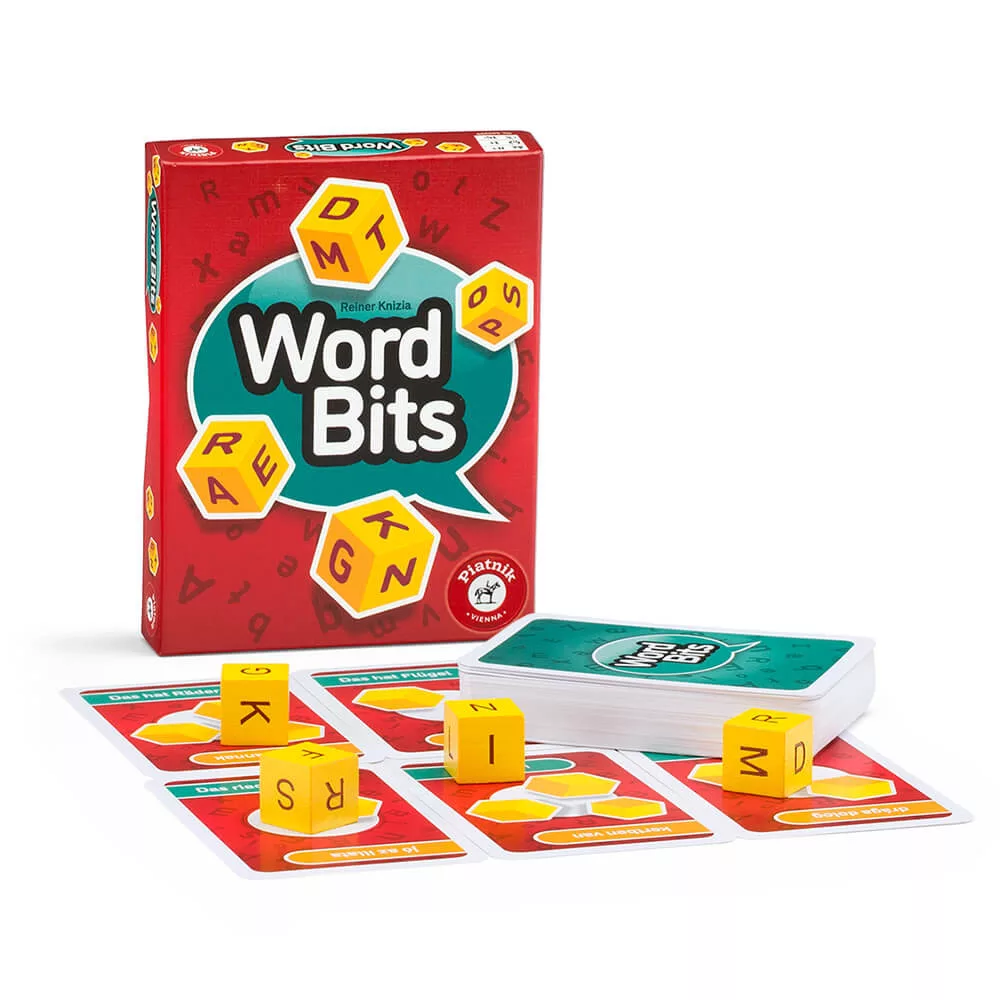
Word Bits
Simple rules, simple ideas, true Knizia ease.
Tools
60 cards, 4 dice, 1 rulebook
Skills Developed
Vocabulary and quick thinking skills
In our book Jól játszani (Playing Well), there is also a great letter game by József Jesztl. It's called Gombagubanc (Mushroom Mix-up), and it combines the rules of Reversi with those of word formation games. It's incredibly exciting.
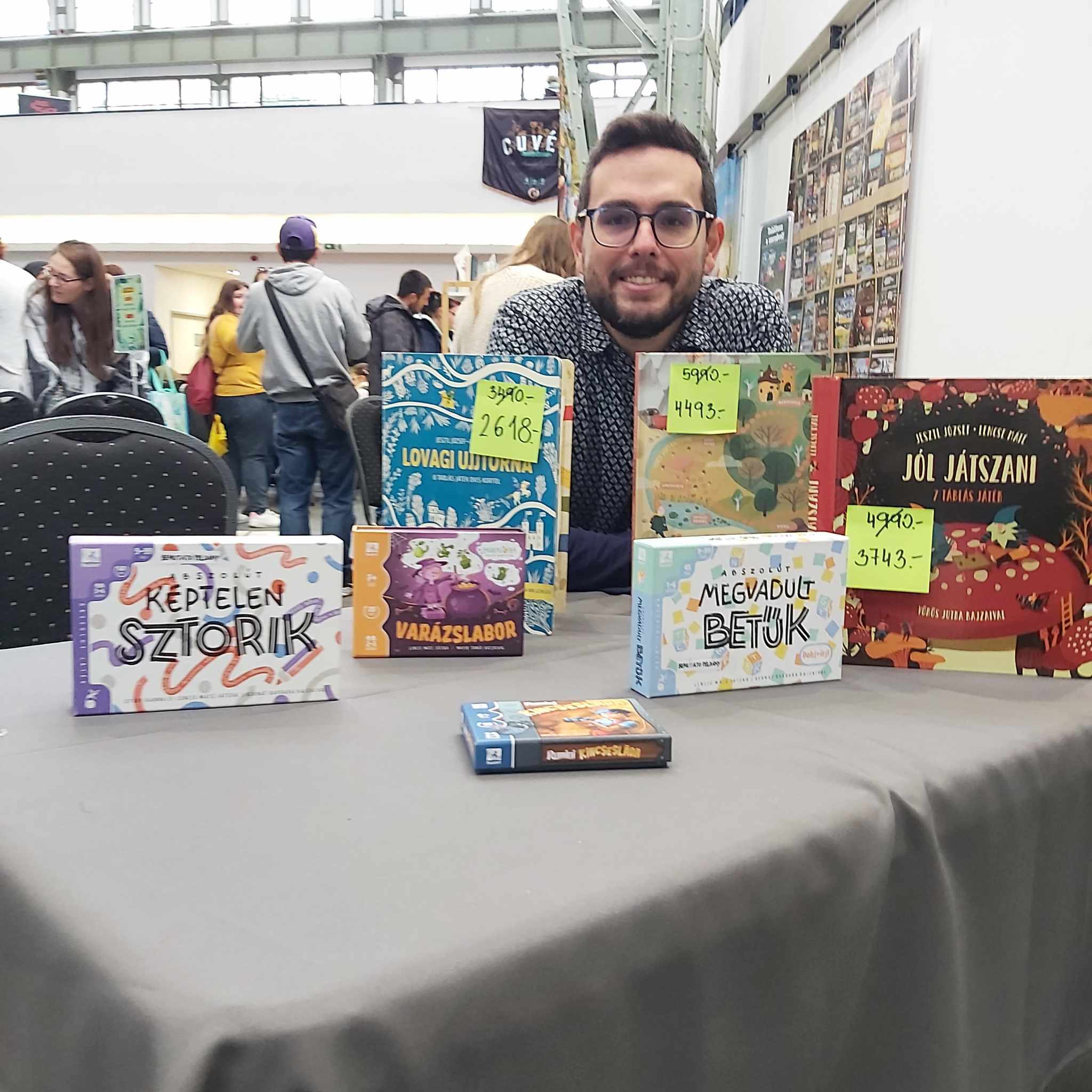
Print and play board games, downloadable coloring pages, educational materials
Explore our collection of free and premium educational resources
Words
Of course, the goal of letter games is to form words from the letters, but I consider the games that use words from the outset to be on another level. I particularly favor games that encourage players to analyze these words, discover new characteristics, and create new connections, because if anything, it's these creative activities that truly deepen our vocabulary and linguistic skills.
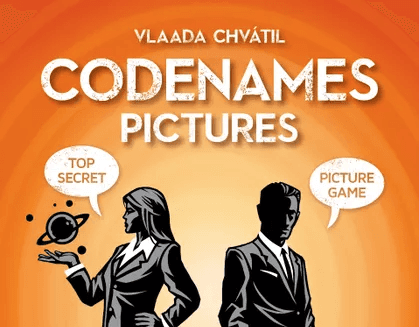
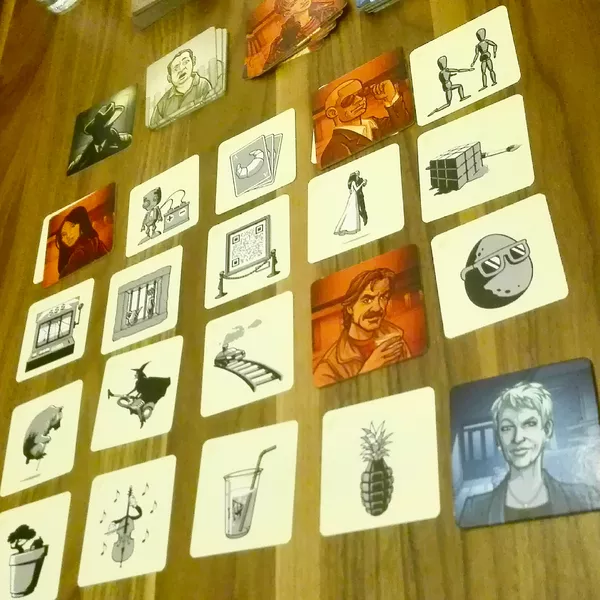
Codenames: Pictures
The classic Codenames in a picture version, which makes it playable with younger children as well.
Tools
140 picture cards, 60 key cards, 16 agent cards, 1 assassin card, 7 timer tokens, a card stand, and a rulebook
Skills Developed
Critical thinking, teamwork, association skills as players connect images with clues
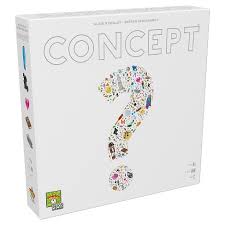
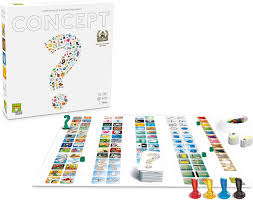
Concept
It's a game of abstraction and association.
Tools
1 game board, 110 concept cards, 4 player aids, 47 plastic tokens (39 cubes and 8 double cubes), and 1 storage tray
Skills Developed
Creativity, abstract thinking, communication skills as players use symbols to convey ideas without words
What's Next?
The sentences flow logically, but this is something that will be addressed in another article. Of course, it's not just the increasing complexity of texts that's a new element, but as we move further from learning to read, new challenges emerge. In my experience, mastering the basics of reading is a much smaller challenge from a motivational standpoint than practicing reading comprehension. After all, there's a huge difference between being able to read something and actually understanding it. However, board games can also be a great way to support this process.
No spam, ever. Unsubscribe anytime.
Spread the Fun of Learning!
Share these educational game ideas with other parents and educators